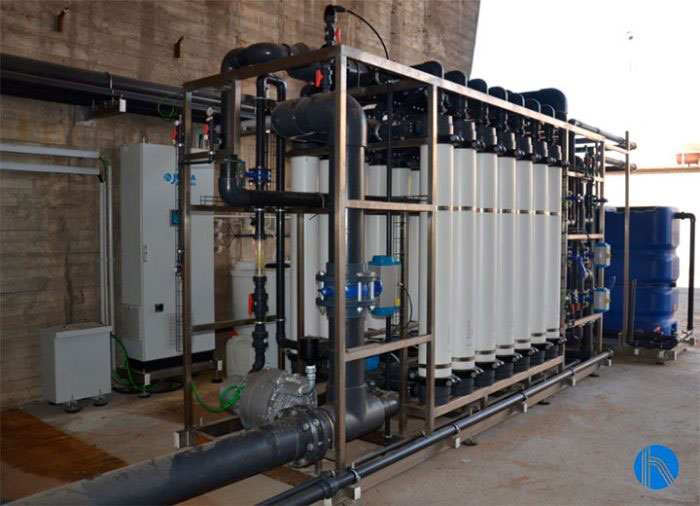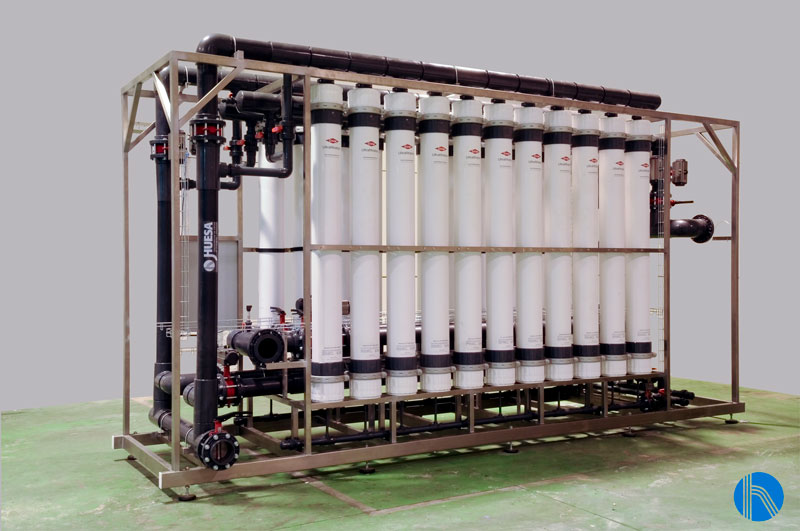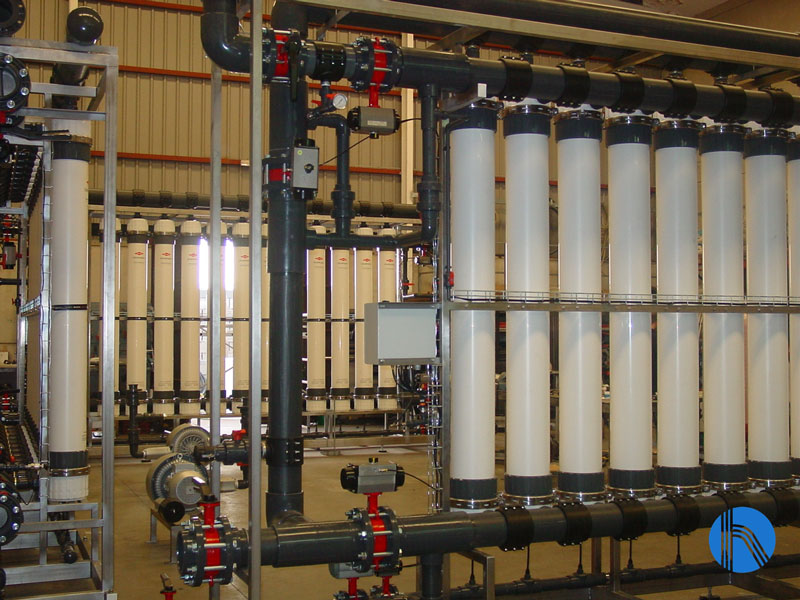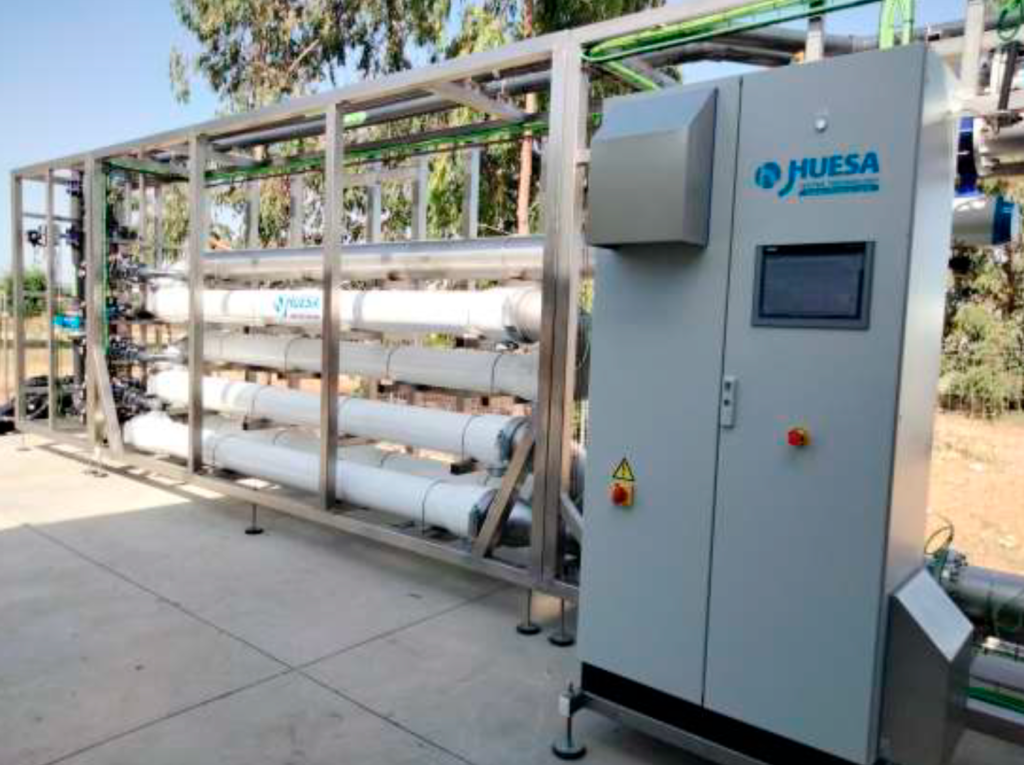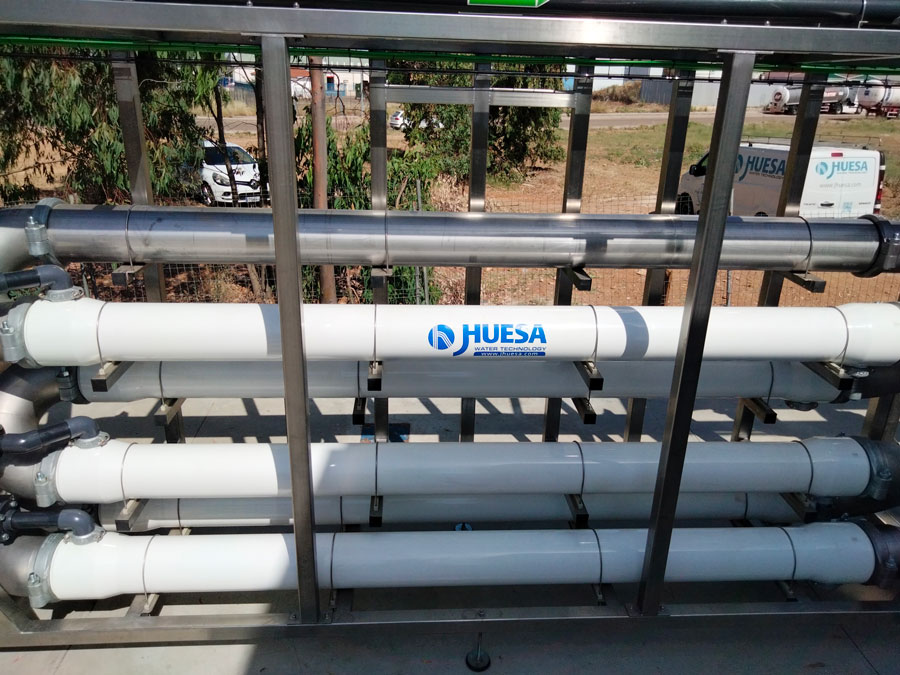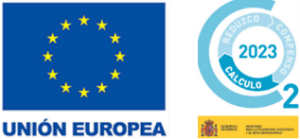Ultrafiltration is a membrane technology that takes place within a membrane porosity range between 0.001 and 0.1 µm. This process is used for the selective removal of suspended matter, particles, large macromolecules, colloidal matter, or microorganisms, but does not remove ions or dissolved matter as reverse osmosis does.
Ultrafiltration membranes remove contaminants through a simple size-exclusion mechanism (sifting or sieving). A pressure difference makes the operation possible. Nominal pore size (pore diameter expressed in microns) or molecular weight cut-off (molecular weight of a solute that is over 90% retained, measured in Daltons) are commonly used to characterize ultrafiltration membranes.
It should be noted that different membrane materials with similar molecular cutoff weights may have different separation efficiencies. Regularity of the pore size distribution and the membrane chemistry itself also play an important role in separation.
Main types of ultrafiltration:

